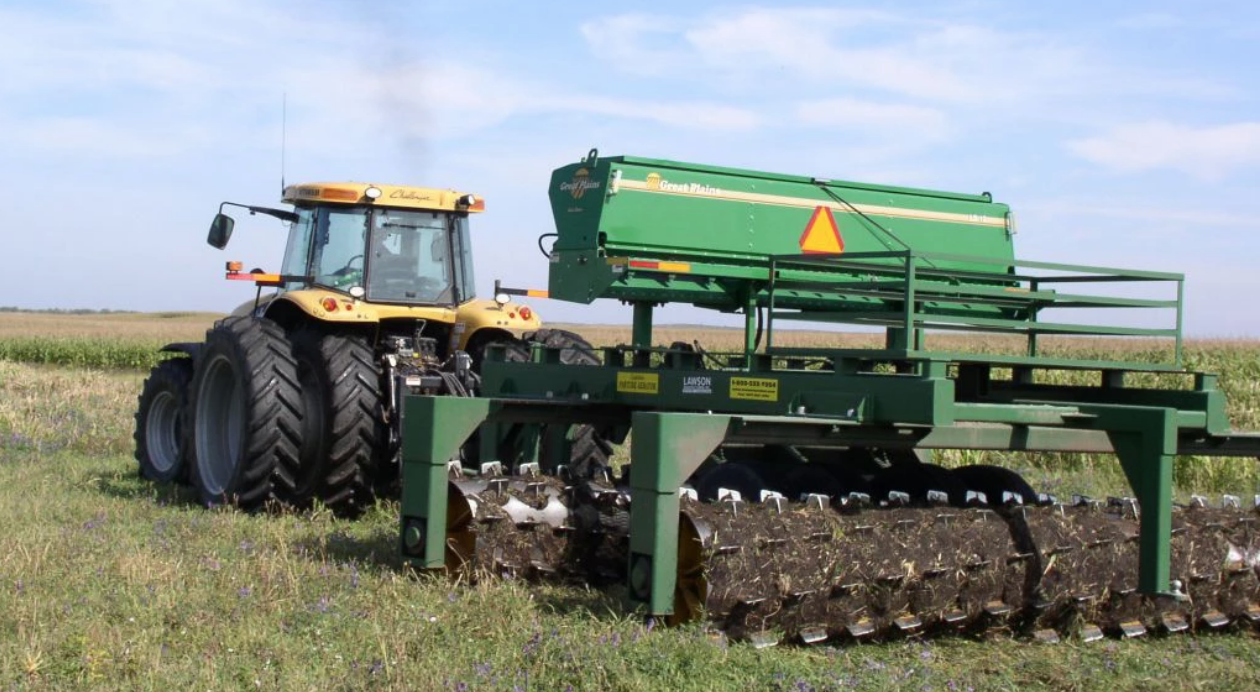We have our end of the year tax appointment next Monday. That reminded me of a ranch I visited a few years ago. The owner’s son showed me around. As we pulled out of the yard we passed a big aerator they’d bought to crush sagebrush. If you aren’t familiar with aerators, the drum is filled with water so that when a tractor drags it, it has enough heft to break off the trunks of the plants and crush the brush. This one looked brand new.
“When did you get that?” I asked.
“Three years ago,” the young rancher replied. “We got it to kill sagebrush.” After a pause he added, “Our accountant said we needed to spend some money so we wouldn’t have to pay taxes.”
“It doesn’t look like it’s been used,” I observed.
“We don’t have a tractor big enough to pull it,” he said with a little embarrassment.
“Why don’t you sell it?” I asked.
“Dad says someday we might buy a bigger tractor.”
With prices in the tank, you may not have to deal with writing down profit to avoid paying taxes this year. But if you are showing a profit, your accountant may suggest that you prepay some of next year’s expenses. Your accountant may also suggest buying equipment and machinery to reduce the amount on which you’d have to pay taxes.
Keep in mind that my objective is the opposite of your accountant’s. Your accountant wants to help you minimize your tax liability. I want to maximize it! I think income tax problems are great problems to have. “Oh darn, we made too much money!” We should all aspire to have that problem!
I don’t have any problem with prepaying expenses or investing in things we really need and timing those costs to put us in a better tax position. But North American ranches are crowded with monuments to tax avoidance. These monuments depreciate, tie up capital that could be deployed in more productive ways and help make our ranches less profitable for years and years.
The aerator I described earlier cost over $25,000 (I priced one this morning). It sits in the yard as a monument to tax avoidance. If they sold it they could probably buy 15 or more bred cows. If the gross margin on a cow is $500, and assuming adding 15 cows wouldn’t increase their overheads, that’d be a $7,500 profit.…but of course they’d have to pay taxes on that.



